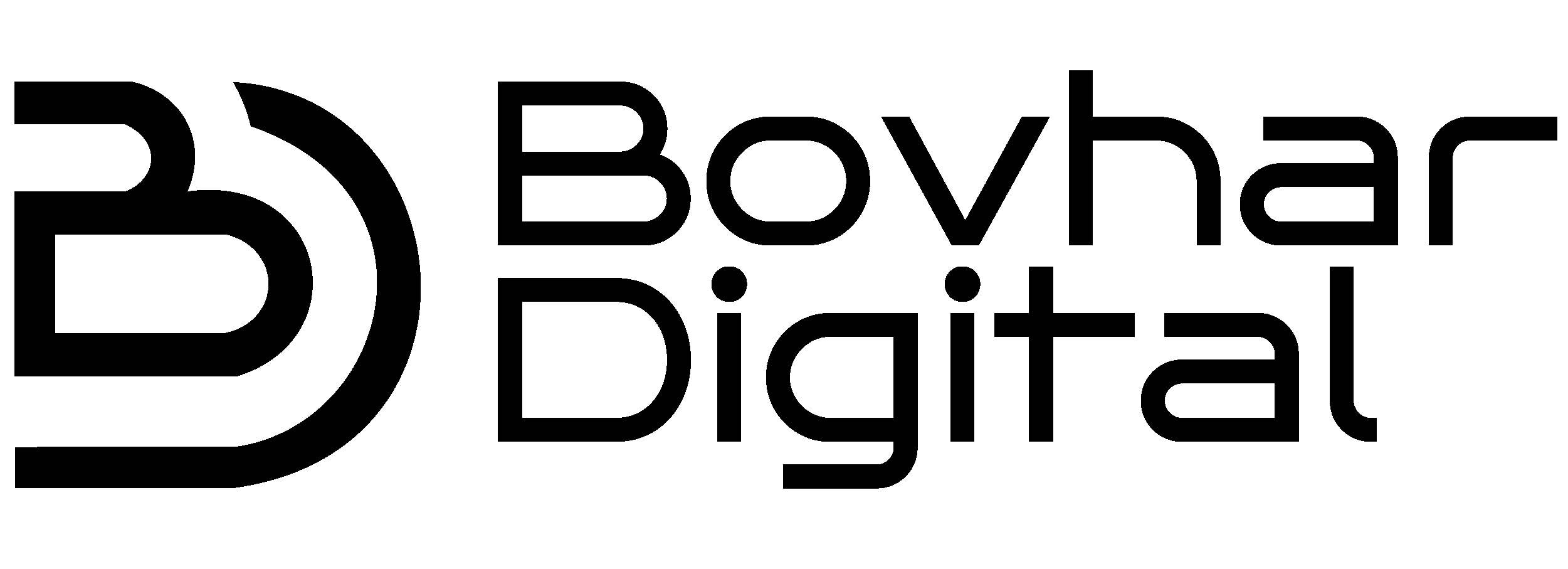In the ever-evolving landscape of digital marketing, a well-structured and data-driven advertising campaign is essential for businesses to thrive. Facebook Ads Manager has emerged as a powerful platform for reaching and engaging with target audiences. To ensure the effectiveness of your advertising endeavors, it’s crucial to monitor and analyze key performance indicators (KPIs) in Facebook Ads Manager. In this article, we’ll delve into the vital metrics that deserve your attention to optimize your ad campaigns and achieve meaningful results.

Introduction
In the realm of Facebook advertising, success hinges on data-driven decision-making. The Facebook Ads Manager offers an array of metrics that shed light on how your ads are performing and how they resonate with your target audience. By analyzing these metrics, you can refine your strategies, maximize engagement, and enhance your return on investment (ROI).
Click-Through Rate (CTR): Understanding User Engagement
The Click-Through Rate (CTR) is a fundamental metric that indicates the percentage of users who clicked on your ad after seeing it. A higher CTR suggests that your ad content is compelling and relevant to your audience. To boost CTR, craft attention-grabbing headlines and use high-quality images that resonate with your brand.
Conversion Rate: Turning Clicks into Actions
Conversion Rate is the percentage of users who take a desired action after clicking on your ad, such as making a purchase or filling out a form. It’s a direct indicator of how well your ad motivates users to act. To improve the conversion rate, ensure a seamless transition between the ad and the landing page, and offer a clear call to action.
Ad Relevance and Quality Score: Maximizing Ad Performance
Facebook’s Ad Relevance Diagnostics gauges how relevant your ad is to your target audience. A higher relevance score often leads to lower costs and better ad placements. By creating tailored ad content and targeting the right audience, you can improve your ad’s performance and overall quality score.
Cost per Click (CPC) and Cost per Conversion: Managing Expenses
Cost per Click (CPC) measures the amount you pay for each click on your ad. Cost per Conversion calculates the expense incurred for each successful conversion. Monitoring these metrics helps you optimize your budget allocation, bidding strategy, and ad targeting to achieve cost-effective results.
Impressions and Reach: Evaluating Visibility
Impressions represent the total number of times your ad was displayed, while Reach indicates the number of unique users who saw it. Analyzing these metrics helps you understand the visibility of your ad and the potential scope of your campaign’s influence.
Frequency: Avoiding Ad Fatigue
Frequency tracks how often an individual user sees your ad. High frequency can lead to ad fatigue and decreased engagement. By monitoring frequency and adjusting your targeting strategy, you can maintain user interest and prevent ad exhaustion.
Return on Ad Spend (ROAS): Measuring Revenue Generation
ROAS evaluates the revenue generated for every dollar spent on ads. It provides a clear picture of your campaign’s profitability. To enhance ROAS, focus on high-performing audiences, optimize ad creatives, and align your messaging with user intent.
Segmentation Analysis: Targeting Effectiveness
Segmentation allows you to dissect your audience into smaller groups based on demographics, interests, or behaviors. Analyzing how different segments respond to your ads enables you to tailor content, refine targeting, and increase overall engagement.
Click and Conversion Funnel: Identifying Bottlenecks
Mapping the user journey through the click and conversion funnel reveals potential bottlenecks in your conversion process. By identifying these obstacles, you can optimize the user experience and streamline the path to conversion.
Mobile vs. Desktop Performance: Platform Optimization
Different devices can yield varying performance results. Analyze whether your ads perform better on mobile or desktop devices to allocate resources effectively and enhance user experience across all platforms.
Ad Placement Analysis: Assessing Position Impact
Facebook offers various ad placements, such as newsfeeds, sidebars, and stories. Evaluating placement performance helps you determine which positions resonate best with your audience and drive optimal results.
Engagement Metrics: Gauging Content Effectiveness
Engagement metrics, including likes, shares, and comments, provide insights into how users are interacting with your content. High engagement indicates content resonance, while low engagement may necessitate adjustments to your ad’s messaging or visuals.
Landing Page Analysis: Optimizing Post-Click Experience
A seamless transition from ad to landing page is crucial for conversions. Analyze bounce rates, time spent on page, and conversion rates on your landing pages to identify areas for improvement in the post-click experience.
A/B Testing: Refining Strategy for Better Results
A/B testing involves comparing two versions of an ad to identify which performs better. By testing different ad elements like headlines, visuals, and calls to action, you can refine your strategies and optimize for improved results.
Conclusion
In the realm of Facebook advertising, success thrives on understanding and interpreting data. The metrics provided by Facebook Ads Manager empower advertisers to make informed decisions, refine strategies, and enhance campaign performance. By continually analyzing and optimizing key metrics, you can create a feedback loop of improvement that leads to more impactful and successful ad campaigns.
FAQs
How often should I analyze these metrics?
Regular analysis, ideally on a weekly or bi-weekly basis, helps you stay on top of your campaign’s performance and make timely adjustments.
What’s a good CTR to aim for?
While benchmarks vary, a CTR of 2-5% is generally considered healthy.
How can I improve ad relevance?
Craft highly relevant ad copy and use precise targeting to ensure your ads resonate with your intended audience.
What’s the significance of ROAS?
ROAS directly connects ad spend to revenue, guiding your budget decisions and overall campaign profitability.
Can I run ads on Facebook without using Ads Manager?
While possible, using Ads Manager offers comprehensive tools for tracking, analysis, and optimization.




